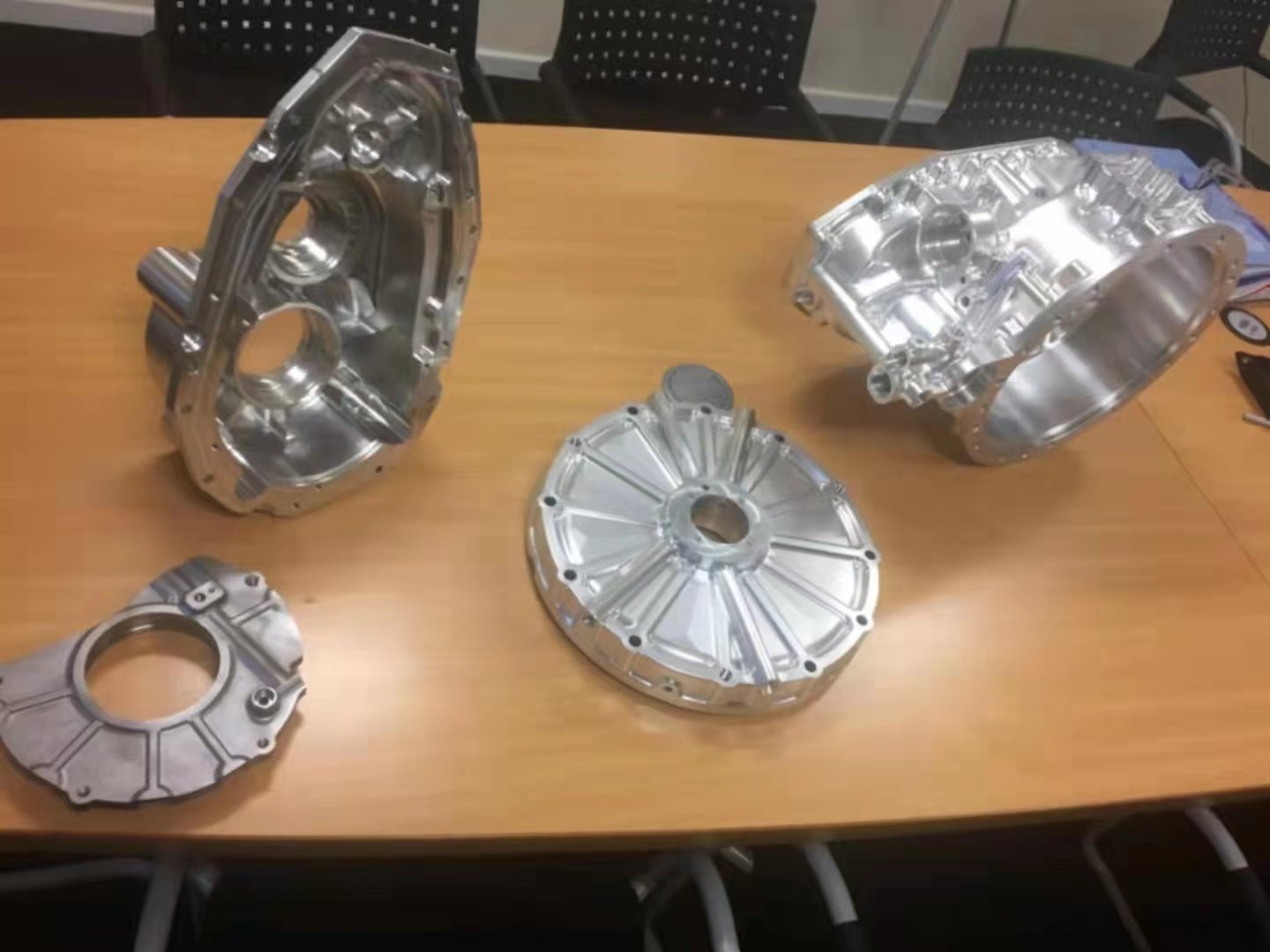
In the realm of precision machining, JUPAICNC stands out as a leading provider of high-quality CNC machining services. As industries continue to demand ever more sophisticated and accurate components, two of the most commonly used techniques in professional CNC machining are milling and turning. Both methods offer distinct advantages depending on the specific needs of a project. However, understanding the differences between CNC milling and CNC turning can greatly influence the success of any manufacturing process. Choosing the right technique is crucial for ensuring that the finished product meets the required specifications, whether it be for automotive, aerospace, medical, or other high-precision industries. At JUPAICNC, we provide comprehensive solutions tailored to your unique project needs, ensuring optimal performance and quality through either CNC milling or turning processes.
CNC milling involves the use of rotating cutting tools to remove material from a workpiece. It is often used for creating parts that require detailed shapes, slots, holes, and various surface features. The flexibility of CNC milling machines allows them to produce complex geometries, including intricate contours, angled surfaces, and multi-axis cuts. The process is ideal for materials such as metals, plastics, and composites, where tight tolerances and fine surface finishes are critical. With its ability to process both simple and complex shapes, CNC milling is particularly suited for projects requiring versatility, such as producing prototypes, custom parts, and low-to-medium volume production runs.
On the other hand, CNC turning is a process where the workpiece is rotated while a cutting tool is applied to remove material, typically in cylindrical shapes. This technique is often used for producing round components such as shafts, bushings, and other symmetrical parts. CNC turning machines offer high-speed cutting and superior surface finishes, which is why they are frequently chosen for applications requiring a smooth, precise outer surface and dimensional consistency. CNC turning is particularly effective when the design involves rotational symmetry, as it allows for faster production speeds and more efficient material removal. Additionally, it is an ideal choice when the project requires high volume manufacturing, where speed and cost-efficiency are of the essence.
When deciding between CNC milling and CNC turning, it is essential to consider the specific requirements of your project. The choice of method can depend on factors such as part geometry, material type, volume of production, and the desired precision level. Projects that involve complex, non-cylindrical shapes and multi-directional features will typically benefit from the versatility of CNC milling. Conversely, for projects that require the production of symmetrical, cylindrical components with high accuracy, CNC turning is often the optimal choice. The interplay of these two machining techniques often leads to complementary results, with many projects benefiting from a combination of both methods in their production process.
At JUPAICNC, we understand the importance of selecting the most appropriate machining service for each project. Whether your needs lean more toward the precision and complexity offered by CNC milling, or the efficiency and high-speed production of CNC turning, we provide expert guidance to ensure that your project is executed flawlessly. Our team of specialists takes the time to evaluate each project’s unique specifications and tailor the machining process accordingly. By leveraging advanced technology and years of experience, JUPAICNC guarantees that your components will meet the highest standards of quality and precision.
It is also important to note the growing trend of hybrid machining solutions that incorporate both CNC milling and turning processes. These hybrid systems allow for the machining of complex parts with a combination of both rotational and linear movements, ultimately resulting in faster production cycles and more intricate designs. Such integrated solutions can be highly beneficial in industries that demand both precision and efficiency, such as medical device manufacturing or high-performance automotive components. At JUPAICNC, we continually explore and invest in cutting-edge technologies to meet the evolving needs of our clients and stay ahead of industry trends.
Ultimately, the decision between CNC milling and CNC turning hinges on the specific requirements of each project. While CNC milling offers greater flexibility for complex part geometries, CNC turning excels at producing high-speed, high-volume cylindrical components. Regardless of which technique is chosen, it is crucial to partner with a skilled machining service provider like JUPAICNC to ensure that the project is completed with the highest level of precision, efficiency, and quality. With our expertise and commitment to excellence, we are dedicated to helping you achieve success in your manufacturing endeavors.

